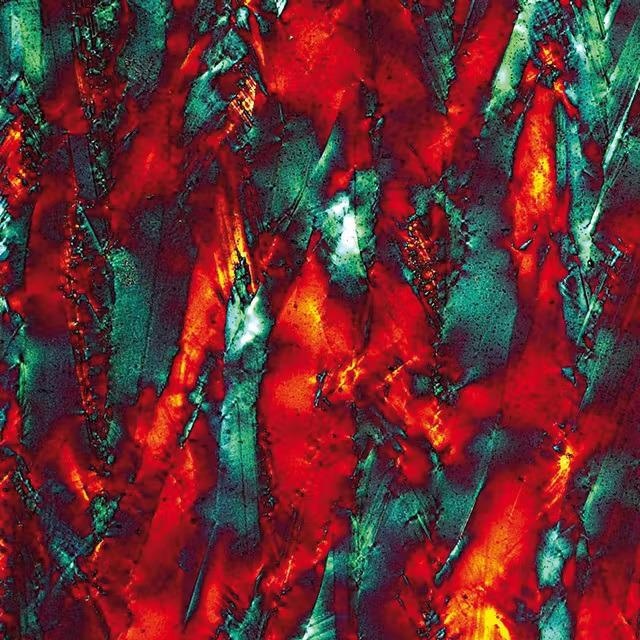If users are in search of a microscope that is user-friendly, has the potential to execute complicated tasks reliably and produces outcomes of splendid quality, then intelligent Axio Imager for Polarized Light Microscopy is the ideal choice.
Users can select from the coded, partly motorized or completely motorized version and adjust users’ microscope to their individual needs.
Highlights
Confidence Thanks to Automatic Component Identification
Users can always depend on the Microscope settings due to the Automatic Component Recognition ACR. All motorized stands identify objectives in an automatic manner. Furthermore, ACR determines the reflector modules inside the completely motorized Z-stand. The exchange of components will be registered by Axio Imager automatically.
Reliable Long-Term Imaging Thanks to Vibration-Free Design
Users can rely on the stability of the Axio Imager for time-dependent measurements and high magnifications. Nosepiece turret, stage carrier and z-guide have been developed as a small, vibration-free unit, separated from the rest of the stand. This so-called “stable cell” makes ideal measurement conditions for excellent outcomes.

Image Credit: Carl Zeiss Microscopy GmbH
Comfortable Operation due to Extensive Functionality
- Streamline complicated procedures. Control of all motorized components is at the users' fingertips, making use of the touchscreen at the stand or at the Docking Station.
- It is possible to alternatively handle the polarized light microscopy system through the freely positionable control panel, which can be entirely isolated from the stand. The contrast and light manager automatically chooses the ideal settings to produce reliable and reproducible outcomes.
- Users can save individual settings and recover them easily just by pushing a button. The focus drive can be made to function intuitively as a result of ergonomically arranged control buttons with tactile surfaces.
Methods
Conoscopy: Fast and Reliable Crystal Analysis with Polarized Light Microscope
With the help of Polarized Light Microscopy, it is possible for users to capture orthoscopic and conoscopic image information simultaneously. Also, with the availability of specially developed Pol phototube, crosshairs, object and iris diaphragm are visible concurrently, as a result of an extra intermediate image plane.
As a result of the adjustable iris diaphragm, this is also true for the limits of the conoscopic range down to a least crystal size of 10 µm. The pre-centered Bertrand optics can be easily turned on and off. This enables users to change between techniques quickly – even while capturing images or utilizing a video device.
Consistent Measurement Performance
- Direct measurements can be performed using the rotary, ball bearing mounted stage with 0.1° vernier and 360° scale (for example, for quantifying cleavage angles in minerals)
- Optical path variations or strain measurements can be determined
Compensators with Fixed Path Difference
- Quarter-wave plate λ / 4
- Full-wave plate λ
- Full-wave plate λ, rotable +/ – 8°
An extensive spectrum of compensators is available, spanning the measuring range from 0 to 30 λ.
Compensators with Variable Path Difference
- Wedge compensator 0 to 4 λ
- Measuring compensators
- Berek tilting compensator 0-30 λ
- Berek tilting compensator 0-5 λ
Axio Imager is open to many more methods, for example:
- Digital analyses with Zeiss AxioVision software (for example, with Grain Size Analysis or Particle Analyzer)
- Thermomicroscopy